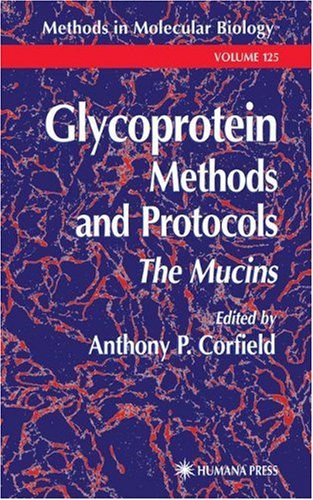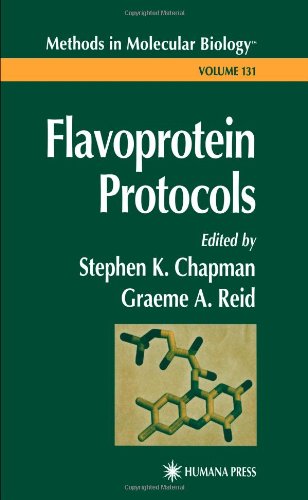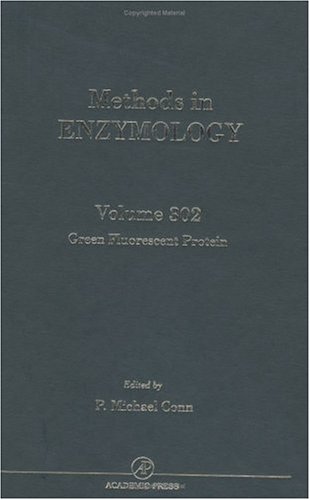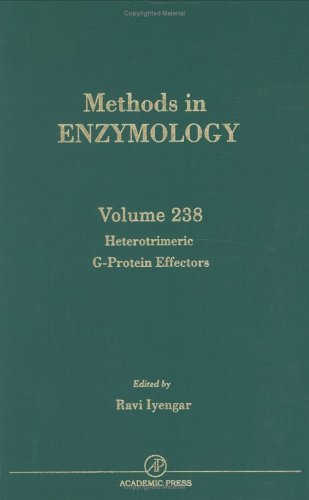Danilkovitch-Miagkova A., Leonard E.J.
Macrophage-stimulating protein (MSP. also known as bepatocyte growth factor-like protein) was discovered as a serum factor inducing macrophage shape changes and chemotaxis. On the basis of structural homology MSP was placed in the plasminogen-related kringle domain protein family, most members of which are proteolytic enzymes. In contrast. MSP has lost its enzymatic activity and has become a growth and motility factor. MSP is con-slilulively secreted by liver cells and circulates in the bloodstream as a biologically inactive single-chain pro-MSP. At extravascular sites pro-MSP can be converted by trypsin-like serine proteases to active a$ heterodimeric MSP. The MSP receptor, called RON in humans and STK in mice, is a transmembrane receptor tyrosine kinase. MSP/RON interaction activates RON. and initiates downstream intracellular signaling pathways mediating MSP biological activities.Recent data show that in addition to macrophages MSP affects a number of other targets such as osteoclasts and hepatocytes. epithelial, endothelial, and hematopoietic cells. The list of MSP biological activities includes adhesion and motility, cytokine production, angiogenesis. growth, differentiation, and cell survival. Active MSP was detected in injured tissues and in regions of inflammation, suggesting a role of MSP in regulation of inflammation and tissue regeneration. MSP was delected in embryonal tissues; its ectopic over-expression in Xenopus caused defects in development oi the neural system. Abnormal MSP expression was detected in hepatocellular carcinoma tissues and lung cancer cell lines. | |







Reviews
There are no reviews yet.